In addition to the other good reasons I had for visiting New Caledonia, which I have already written about, there was, of course, the fact that, being a large island in the Southwest Pacific, the country possesses a rather lengthy and distinctive list of resident birds. Some of those are unique and compelling species, the type that attract birders from around the World, and I am certainly not immune to the pull that such species exert. Therefore, I was quite pleased that travel restrictions were eased just in time for me to attempt to add some of these birds to my tally for the Tour.
With a somewhat longer-than-usual stay in the country I felt confident that I had come up with a good strategy to see a reasonable selection of the potentially-achievable birds. As part of the cycling component of my visit I would go on my own to three of the best birding areas, Parc des Grandes Fougères, Parc Riviere Bleue, and lÎle de Pins. Because I knew that I would likely miss some of the target species that way, I also arranged to return to one of those sites after I had finished all of that with the number one birding guide in the country, Isabelle Jollit, who owns Caledonia Birds. That turned out to be a great plan, as out of the twenty-three endemic, and nine near-endemic, species found in the country, I was able to see all of the ones I expected to see except one, and that was nicely satisfying. Some of the best birds proved to be a little challenging to photograph, but, as usual, I did the best that I could. Without further delay, then, on to the birds.
The first bird I added in the country was another example of getting a new species out the window of my isolation hotel, and as usual it was a fairly ordinary, and very common bird, Dark-Brown Honeyeater. A number of other common species were easily seen in subsequent days, Green-Backed White-Eye, Satin Swiftlet, and Whistling Kite
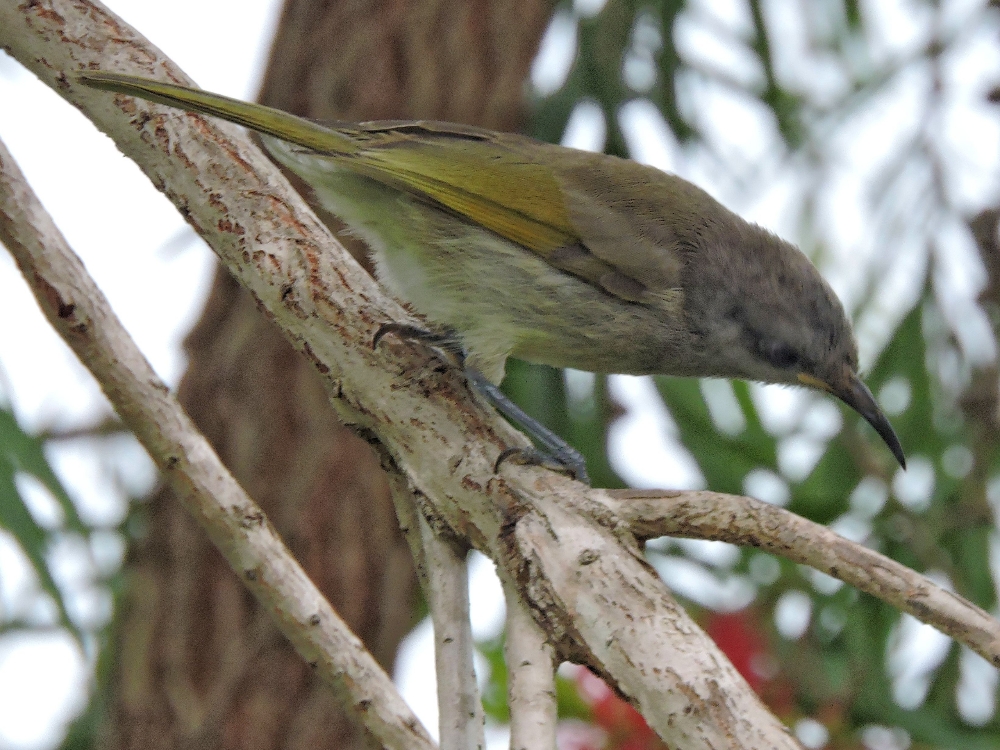
The road leading uphill to Grandes Fougères proved to be a little more productive than the park itself, with, New Caledonian Friarbird starting things off. This was the biggest trickster bird of the country, always making loud vocalizations that sounded like other birds.
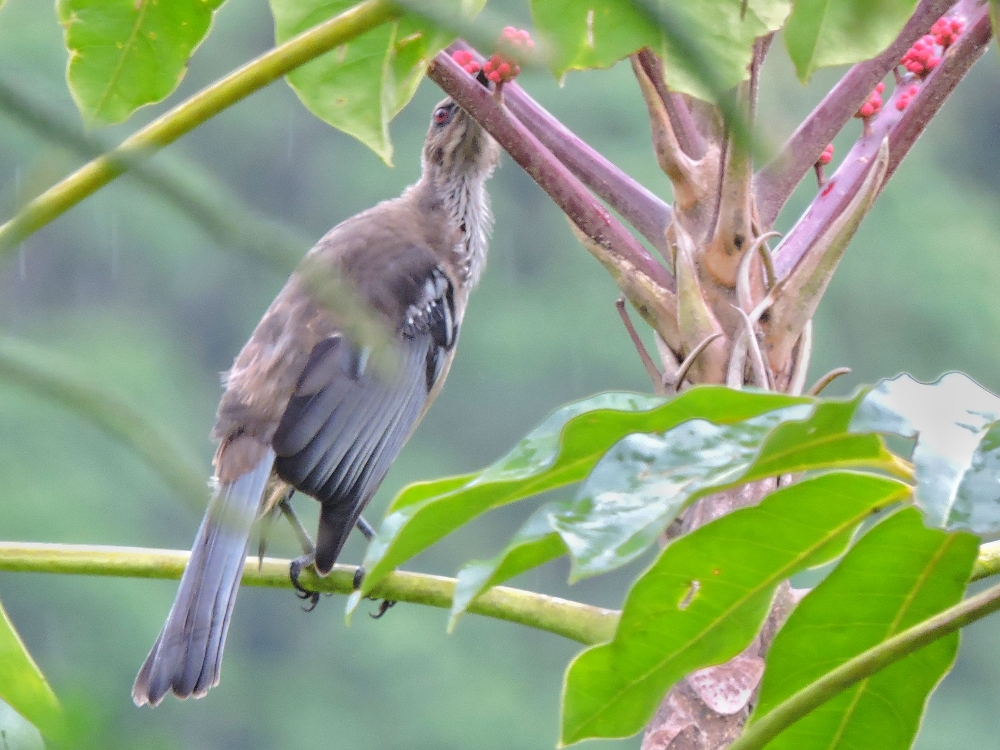
Red-Throated Parrotfinch was also in the area, as were Chestnut-Breasted Munia, and Striated Starling.
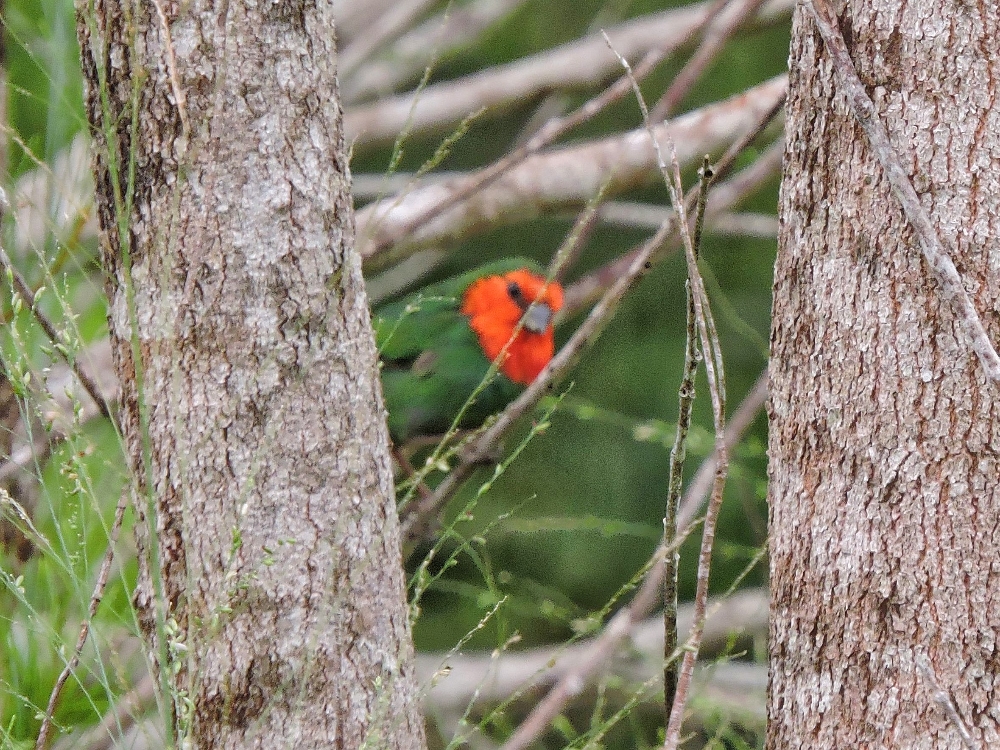
Long-Tailed Triller made and appearance, but it was not until much later that I was able to grab a decent photograph.
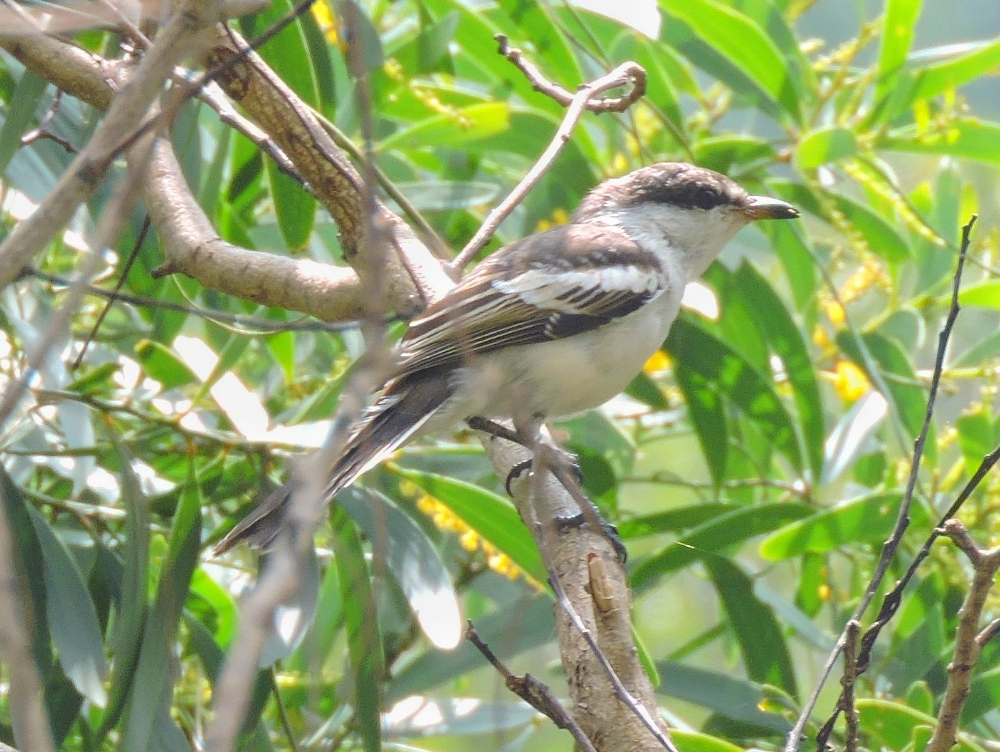
Closer to the Parc was the only place I saw New Caledonian Crow, but they were very common in that area. This is the corvid species that is famous for making tools from twigs, but sitting still for photos, not so much.
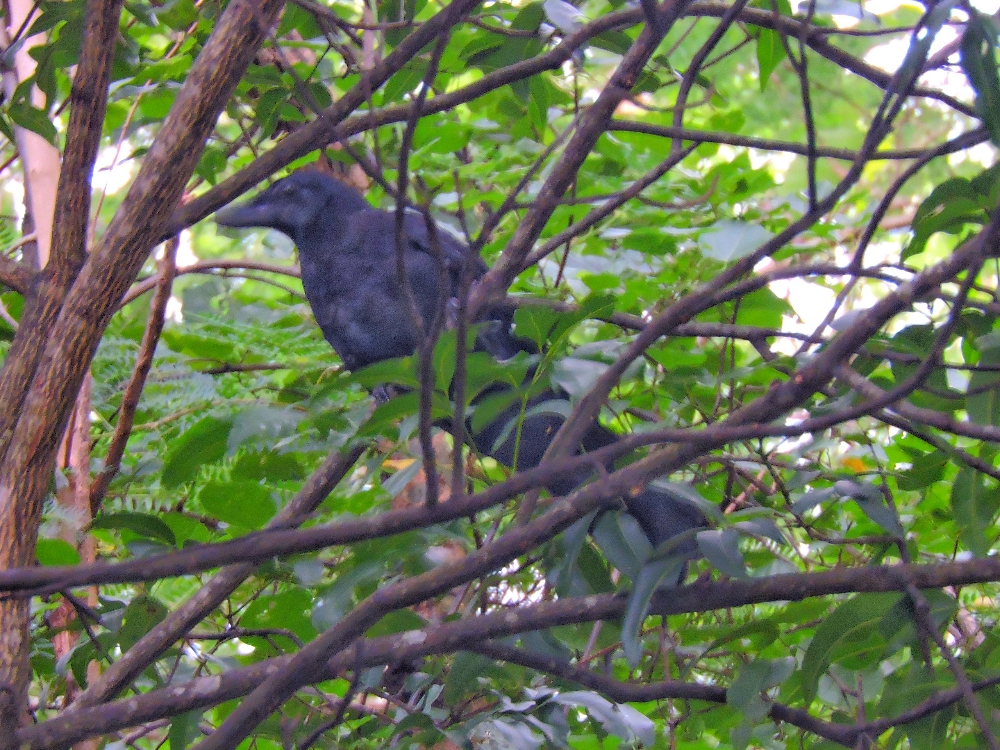
On a few occasions, however, the South Melanesian Cuckooshrike temporarily fooled me into thinking I was seeing the crows elsewhere.
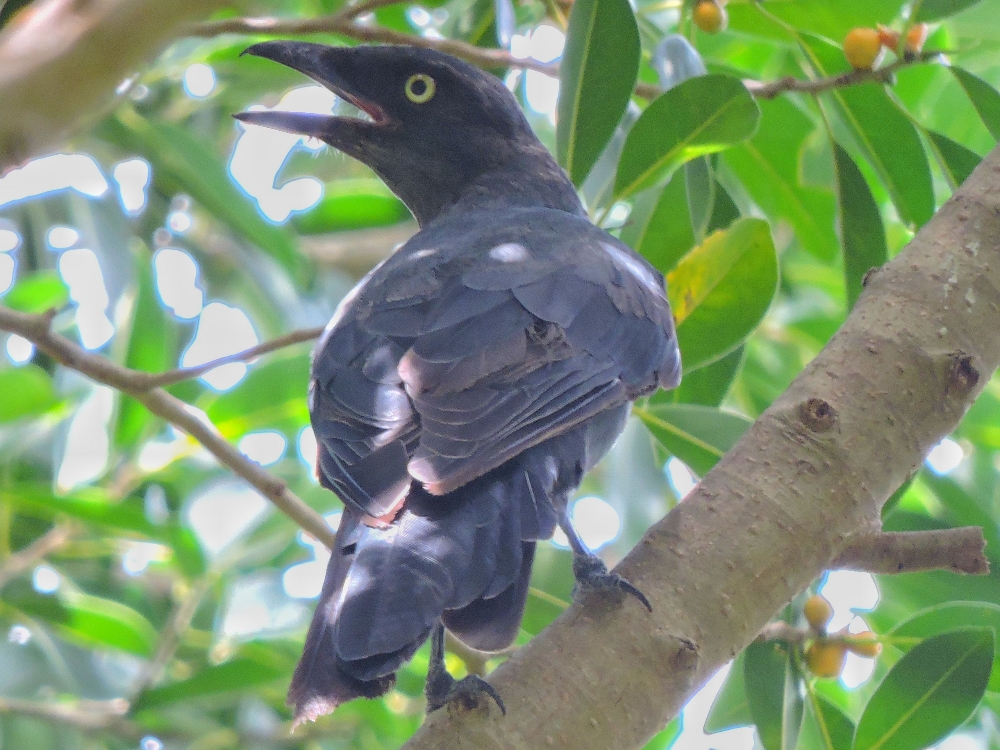
Gray Fantail is a widespread species that I saw in several locations.
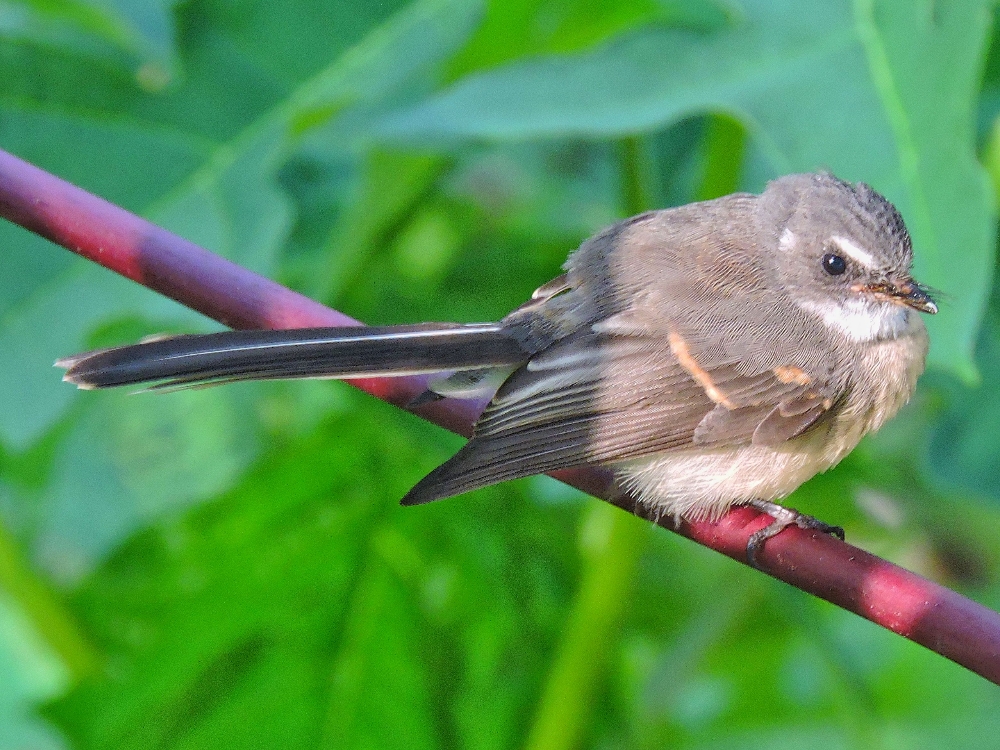
On the return trip, I added Melanesian Flycatcher…
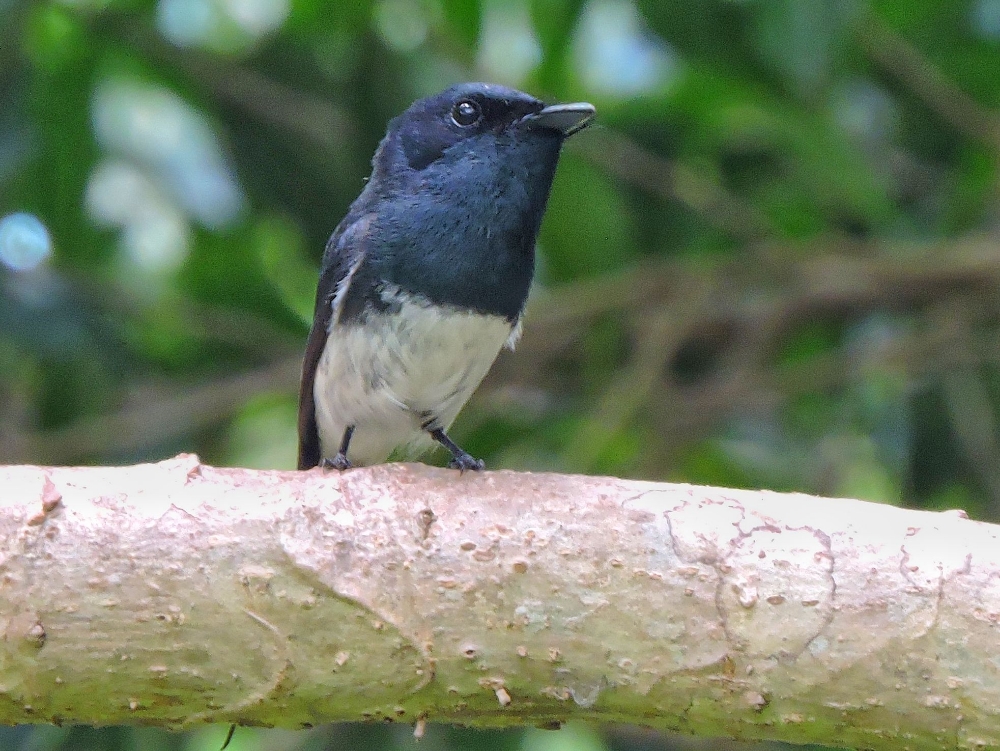
…and in subsequent days, a selection that included Shining Bronze Cuckoo, New Caledonian Myzomela, Barred Honeyeater, and Fan-Tailed Gerygone.
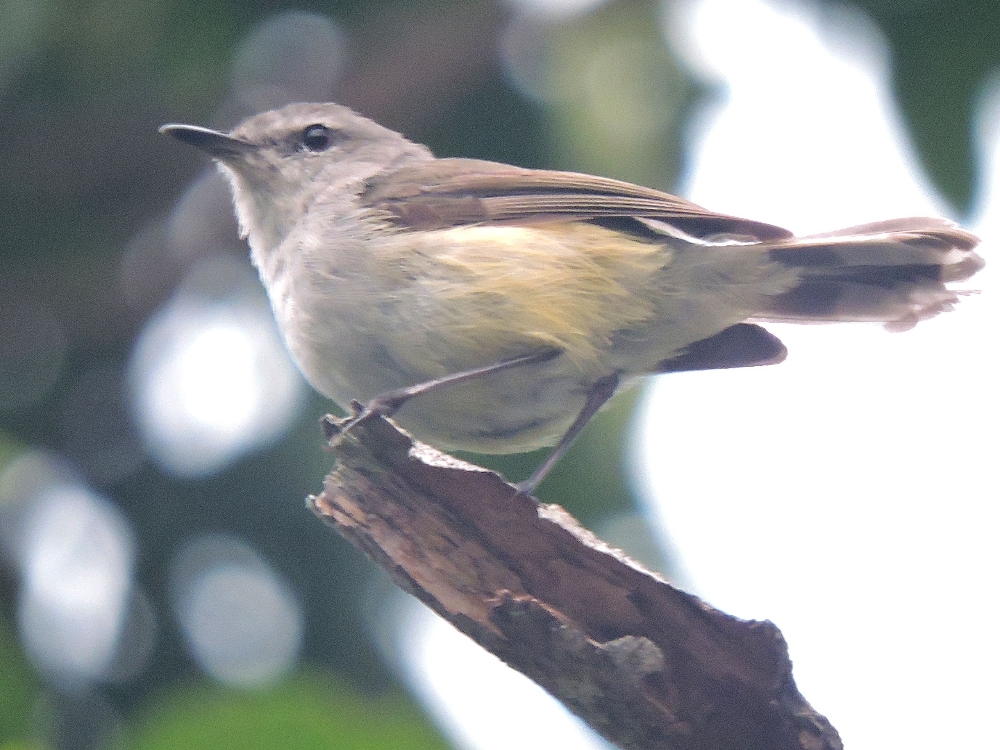
Yellow-Bellied Robin was a fairly common, but tough to image, forest bird…
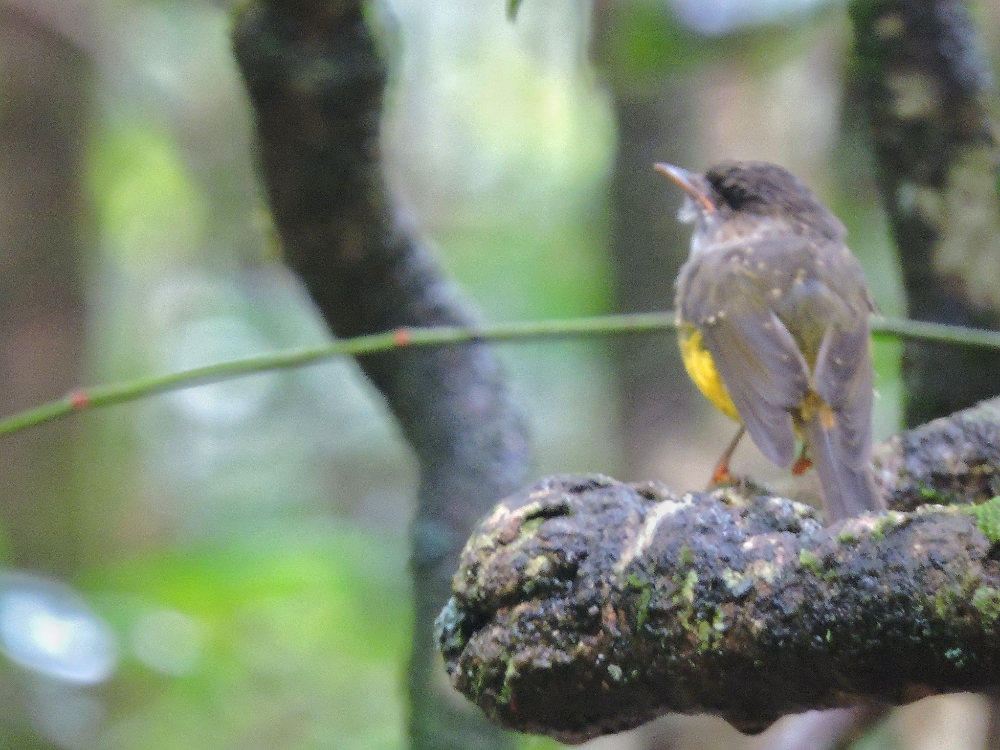
…and Wedge-Tailed Shearwater was surprisingly abundant on the Ferry crossing to l’Île des Pins, becoming the first pelagic bird I have added in a long time.
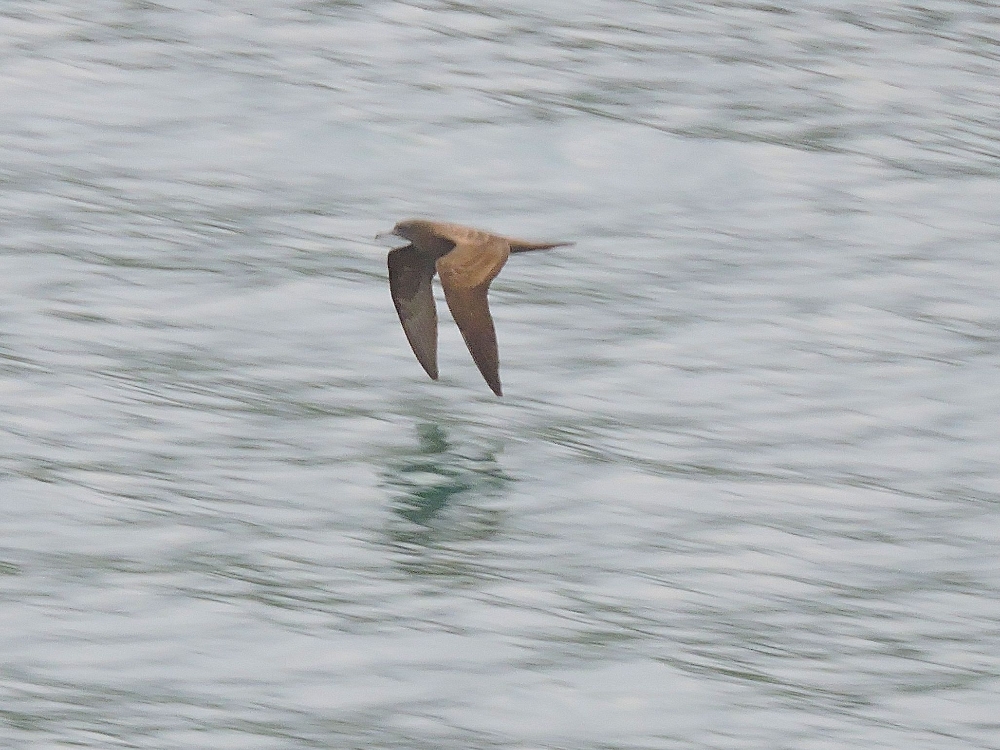
On the Island, New Caledonian Whistler were always around, though I could only see females.
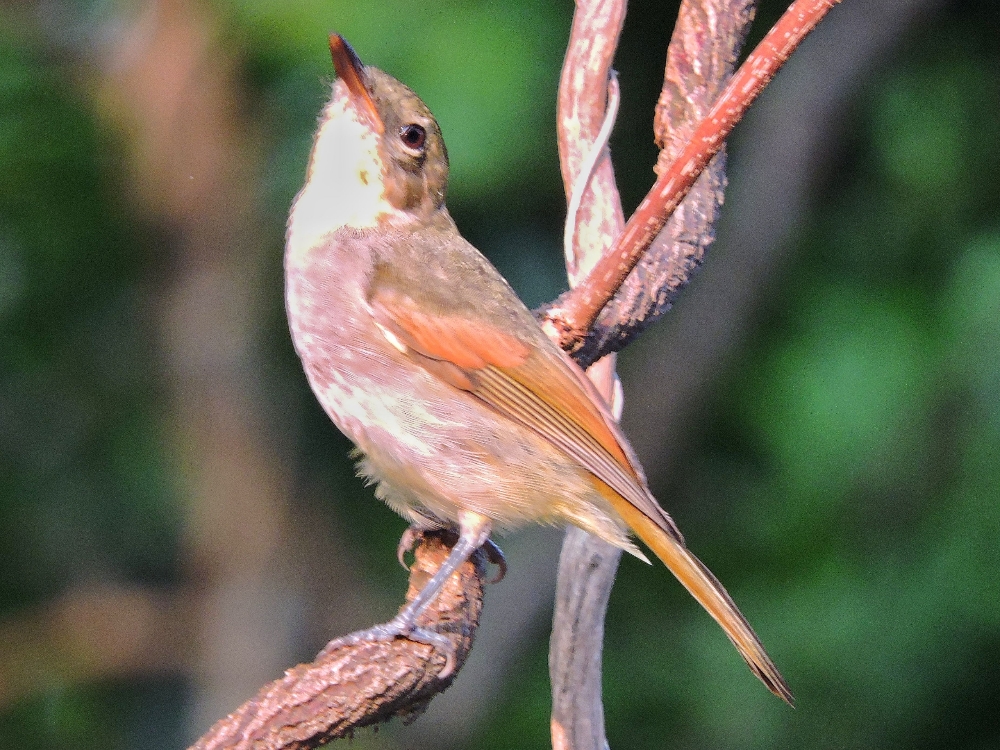
I also had frustratingly distant sightings of a very nice bird, Red-Bellied Fruit-Dove.
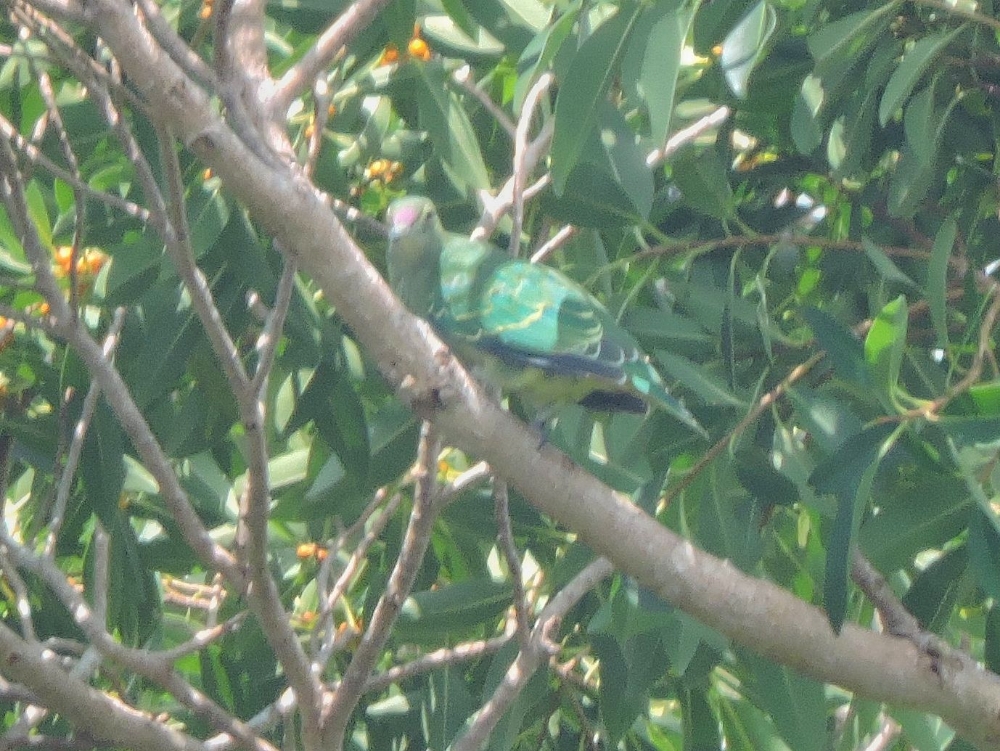
Back at Parc Riviere Bleue, it was wise of me to go back the second time with Isabelle, because, while I saw a reasonable number of birds on my first visit, she was able to spot the all of the more difficult species, such as New Caledonian Cuckooshrike, Southern Shrikebill, and New Caledonian Imperial-Pigeon, which was not exactly a hard bird to see, but very challenging to find perched for a photograph.
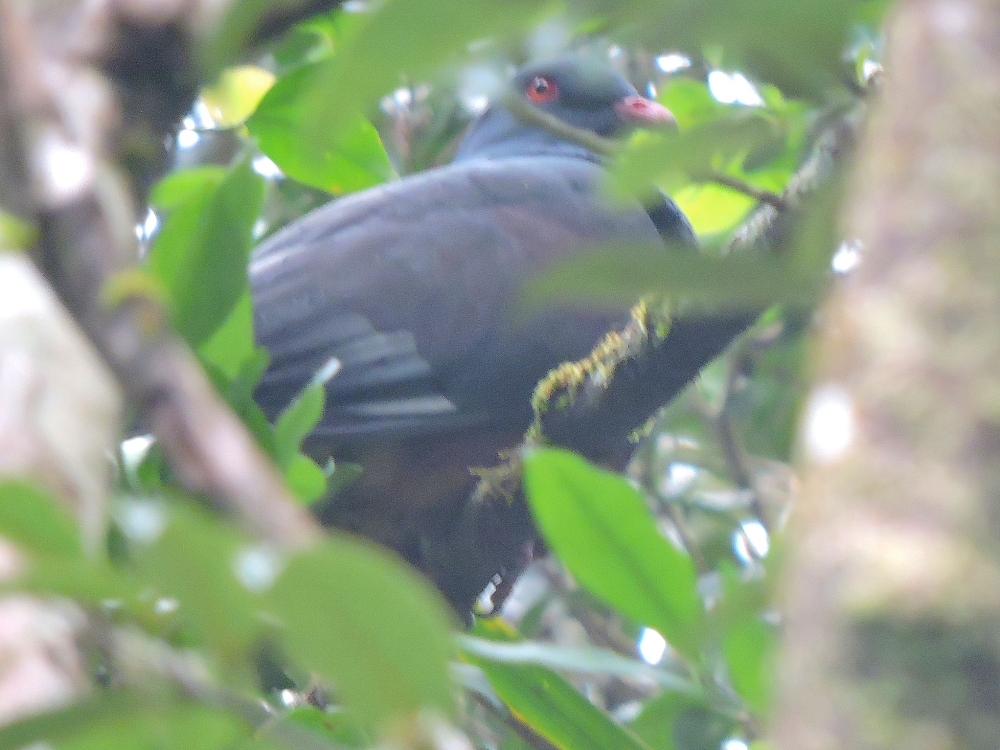
However, I was able to see some of the more obvious birds around the campground on my first visit, and that was pleasing as those included two of my most desired species, New Caledonian Parakeet, and the more distinctive Horned Parakeet , which, unfortunately, was not displaying its horns
very well for this photo.
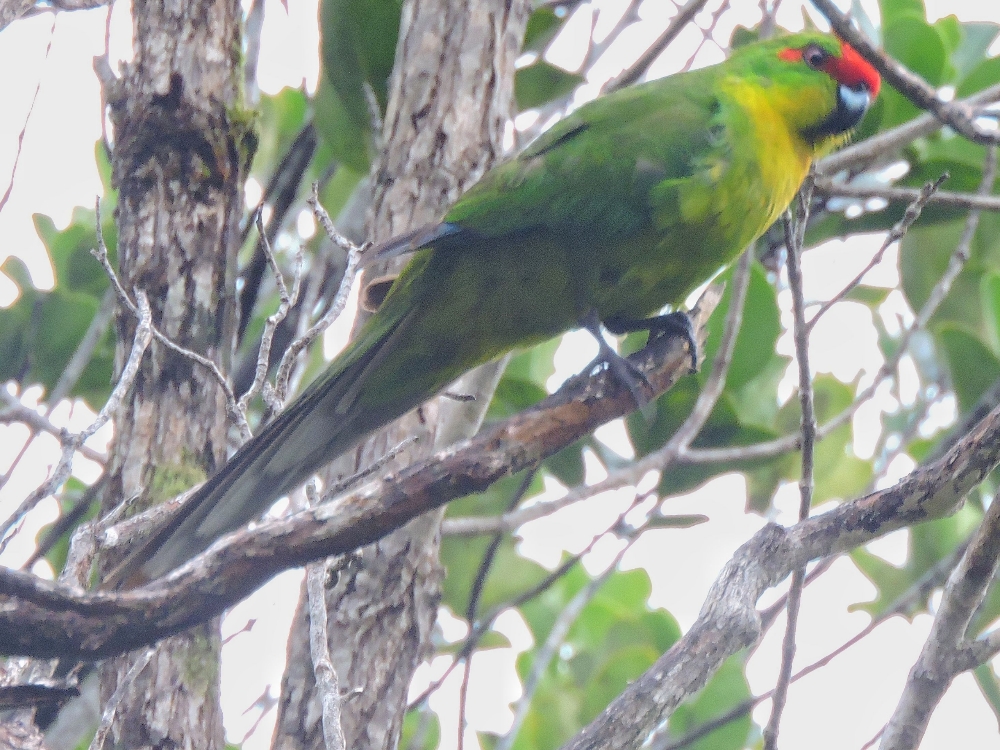
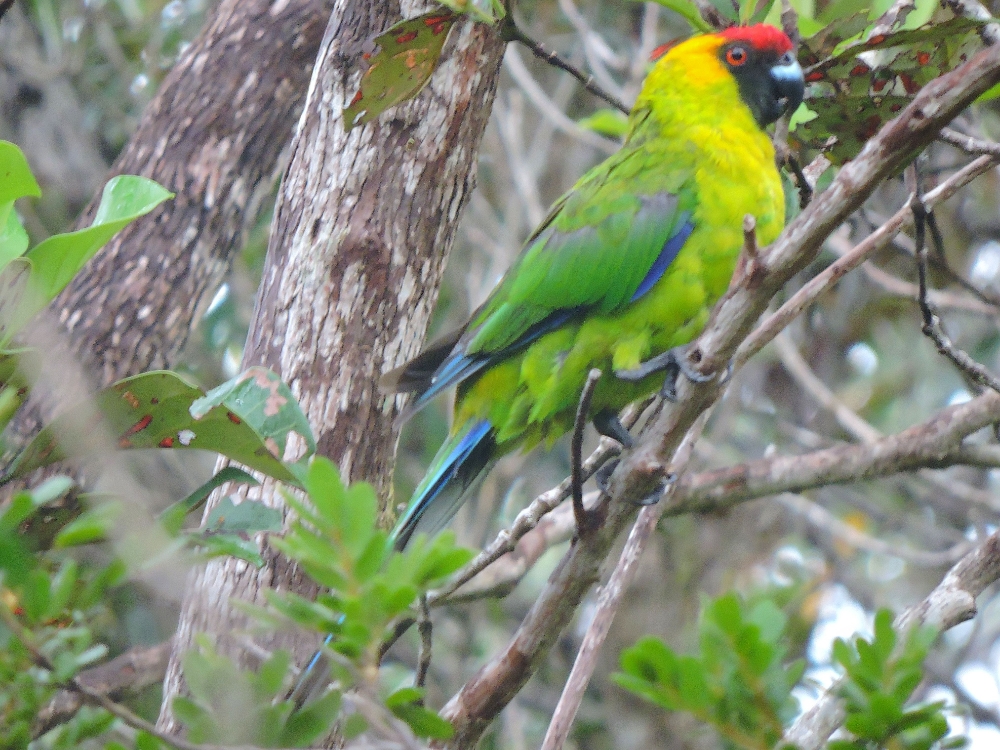
The rarest bird we saw, however, was deeper within the forest, and I never would have found it without Isabelle’s help, namely, the endangered Crow Honeyeater.
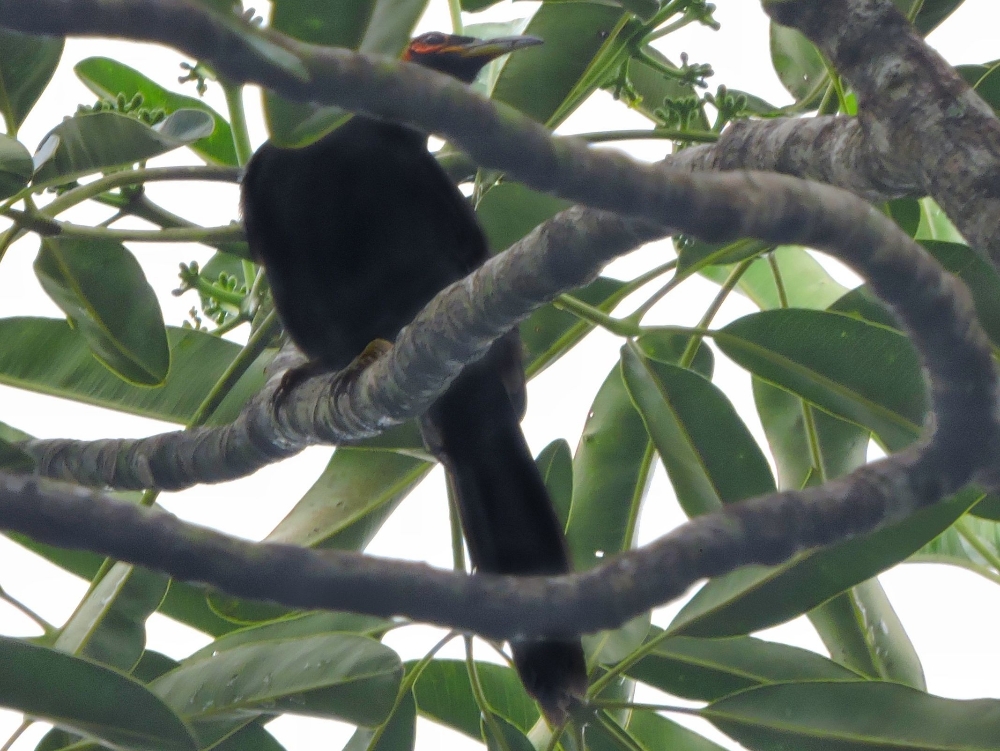
Of course, there is really only one bird that everyone wants to see when visiting New Caledonia. I saw one on my first visit to Riviere Bleue, but that individual ran off before I could get a decent photo. Fortunately, on the second try, we located one who was being more cooperative. It was the enigmatic Kagu!
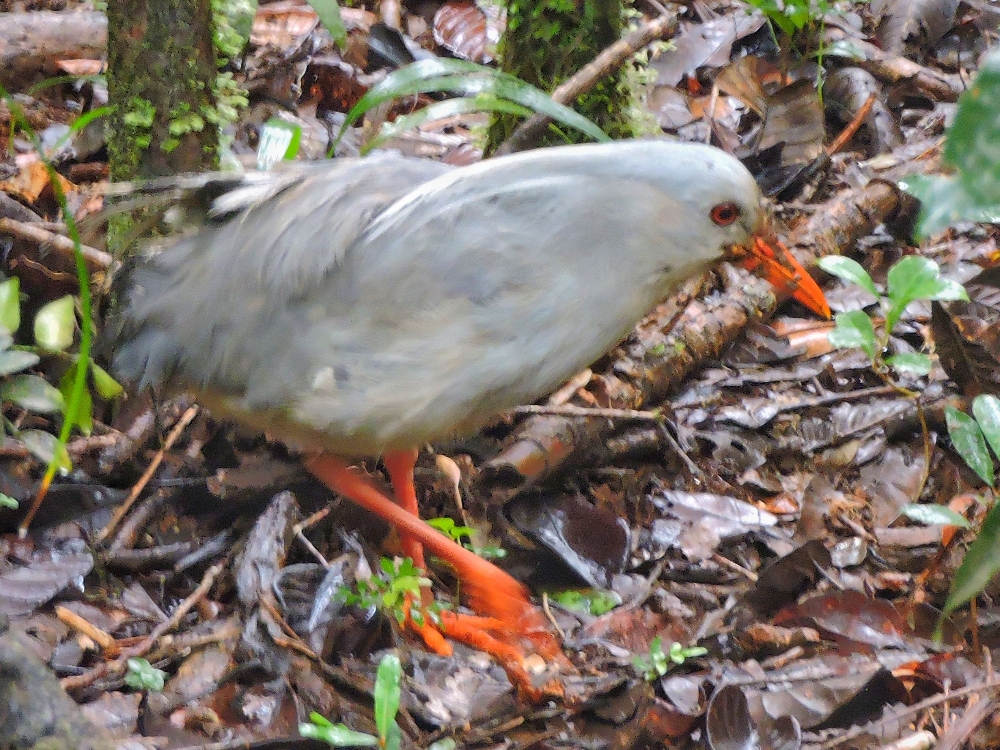
Kagus are endemic to New Caledonia, and, somewhat surprisingly, their only close relative among the other birds of the World is the Sunbittern of South America, tens of thousands of kilometers away. They are flightless, which you might expect would make them easy to see, but they are not especially common these days, and are also rather shy. One of their favorite feeding behaviors is to stand perfectly still, except for one foot with which they repeatedly thump on the ground. Any small creatures disturbed by that action will then be grabbed with their bright orange bills.
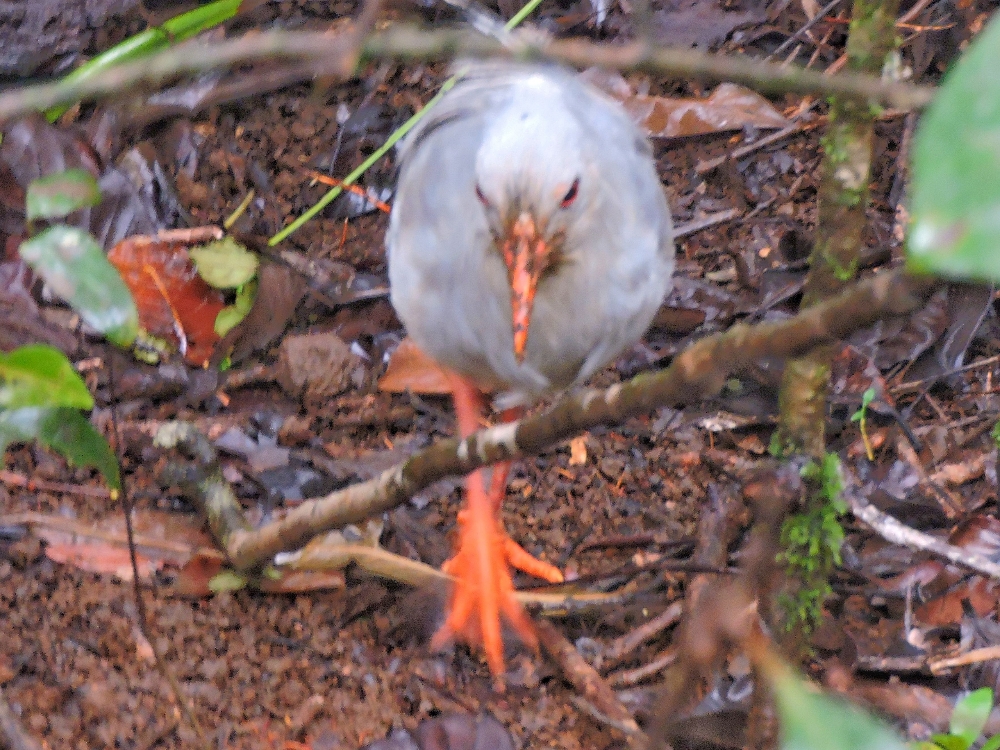
Having already achieved most of my birding goals for the Tour, I didn’t exactly need to go see the birds of New Caledonia, but I am surely glad that I did. In the process, one of the birds from Riviere Bleue became the last bird added to my list during the Official
part of the World2 Tour. However, at least one of my upcoming stops during the forthcoming Coda section will be specifically made to see some more great Birds, so I am not quite done just yet!